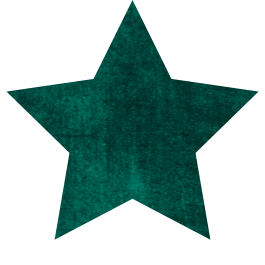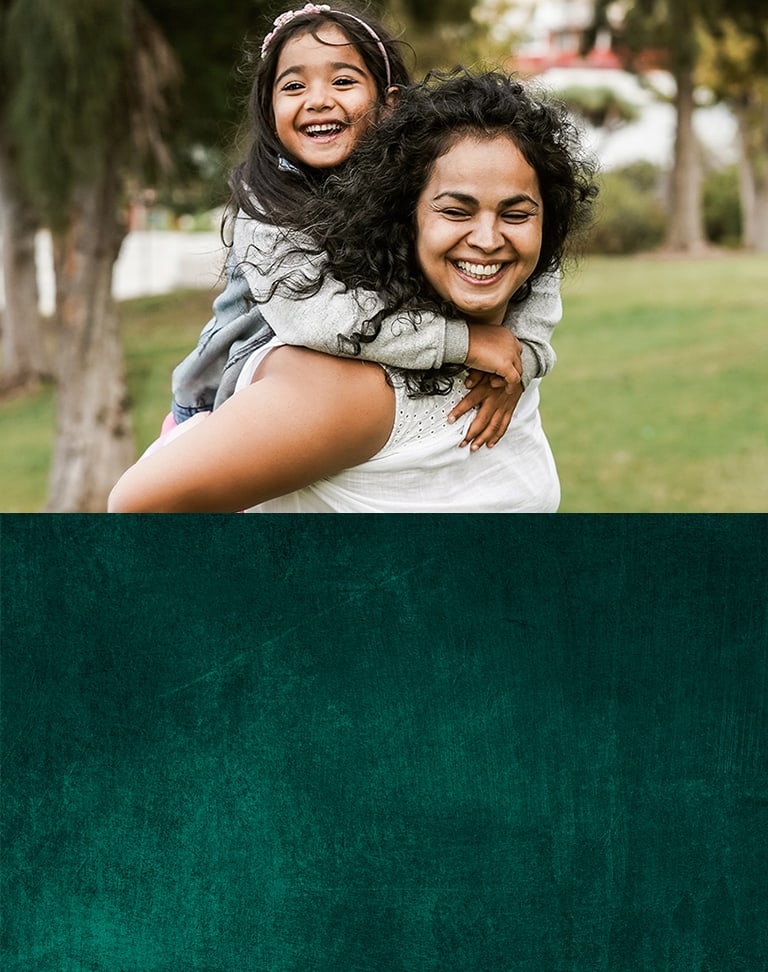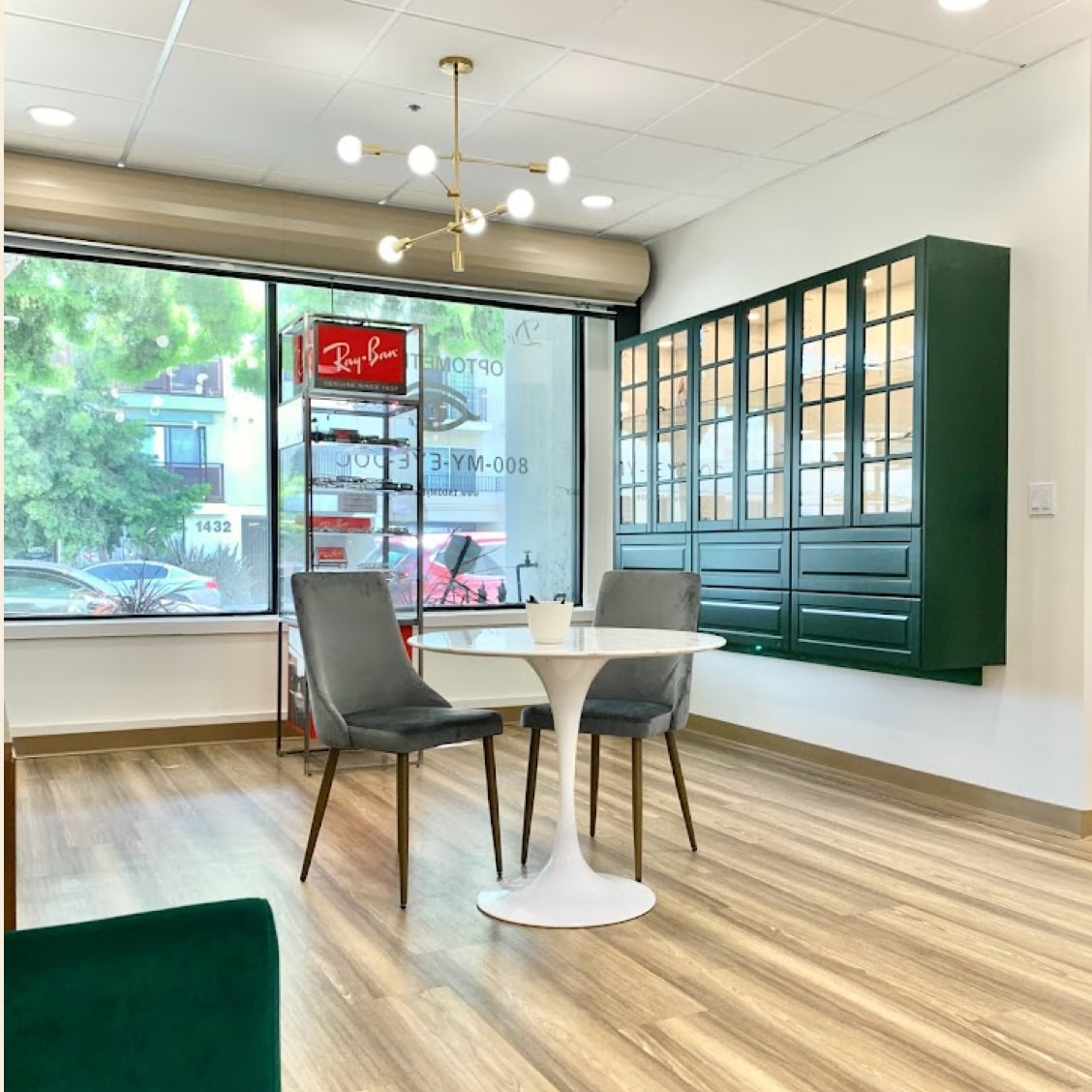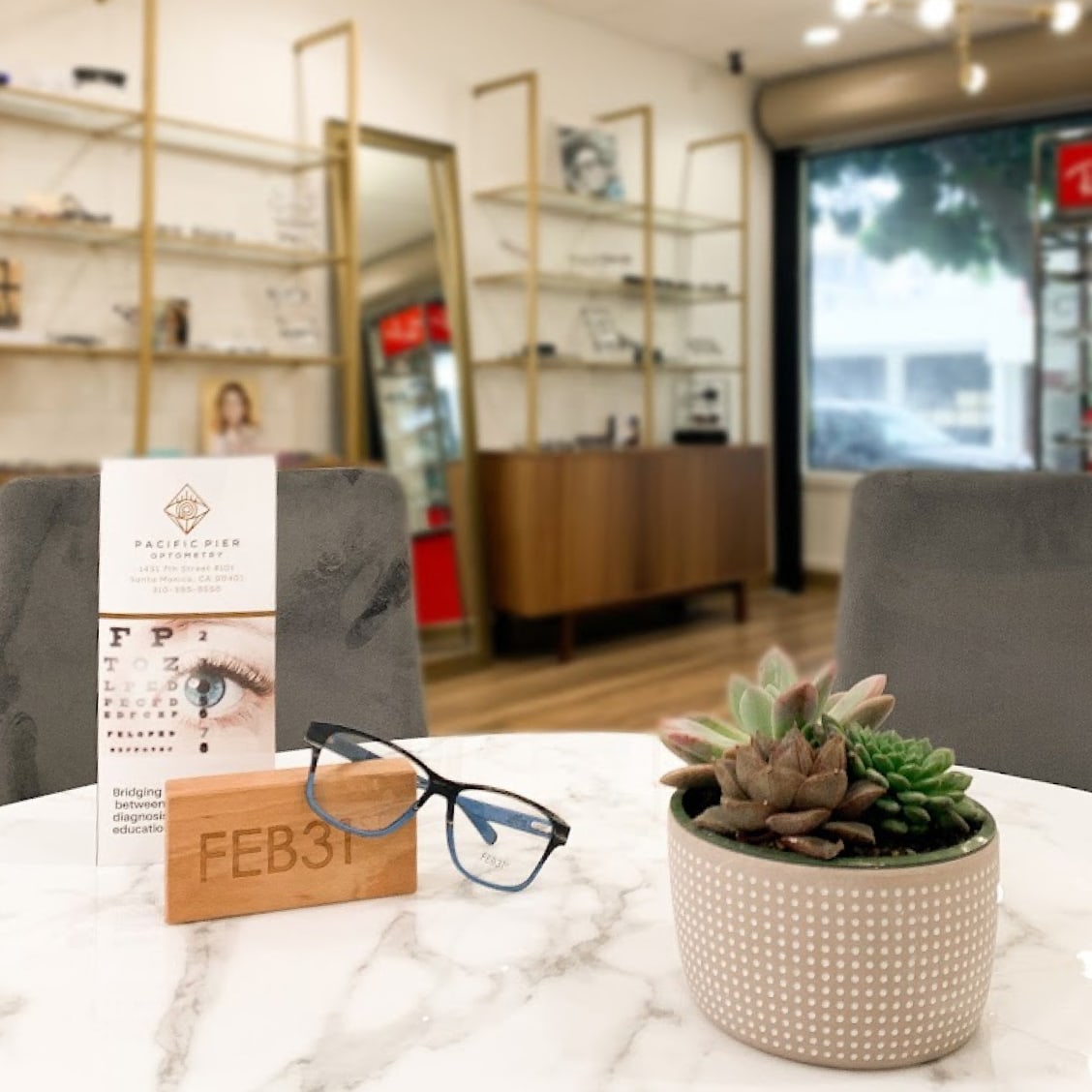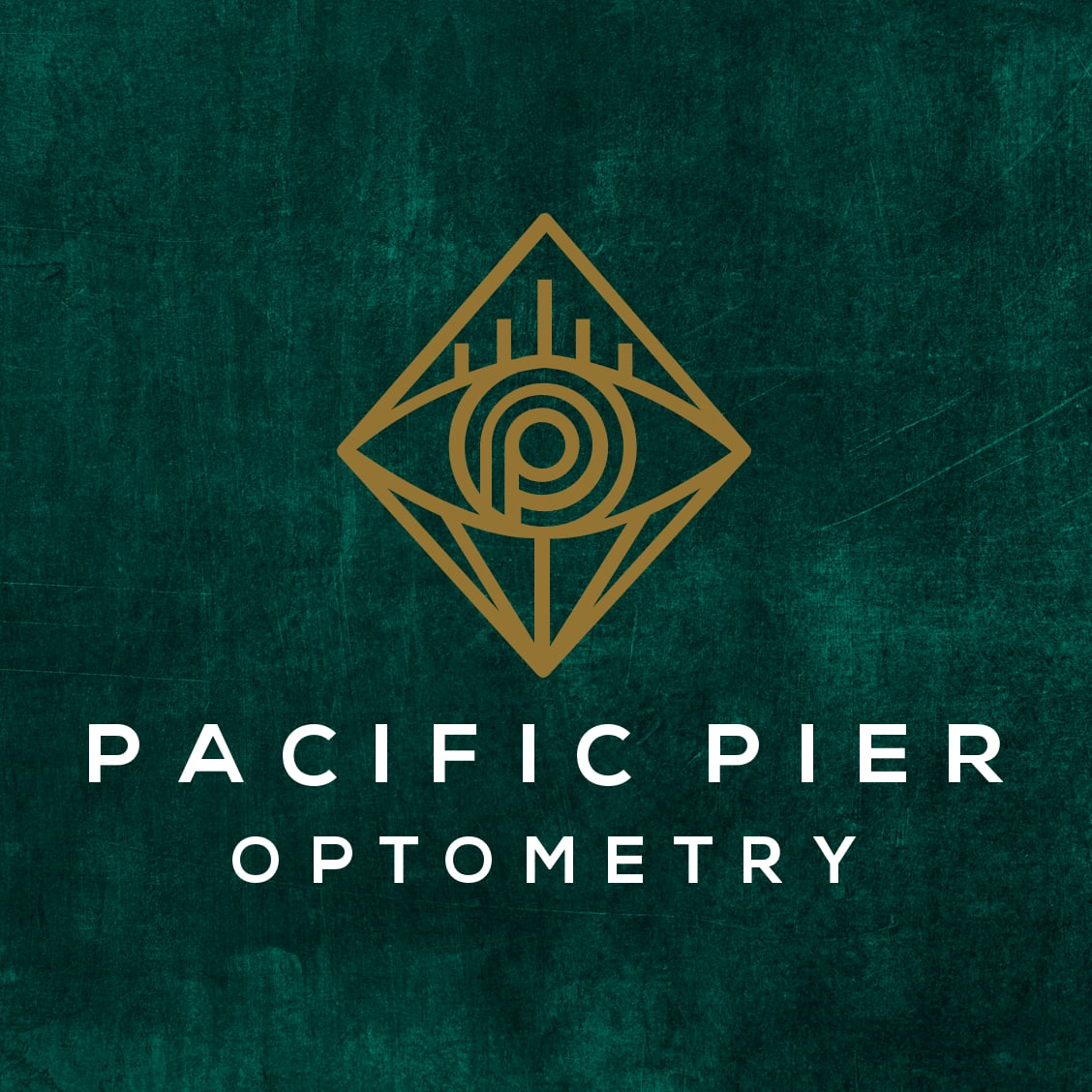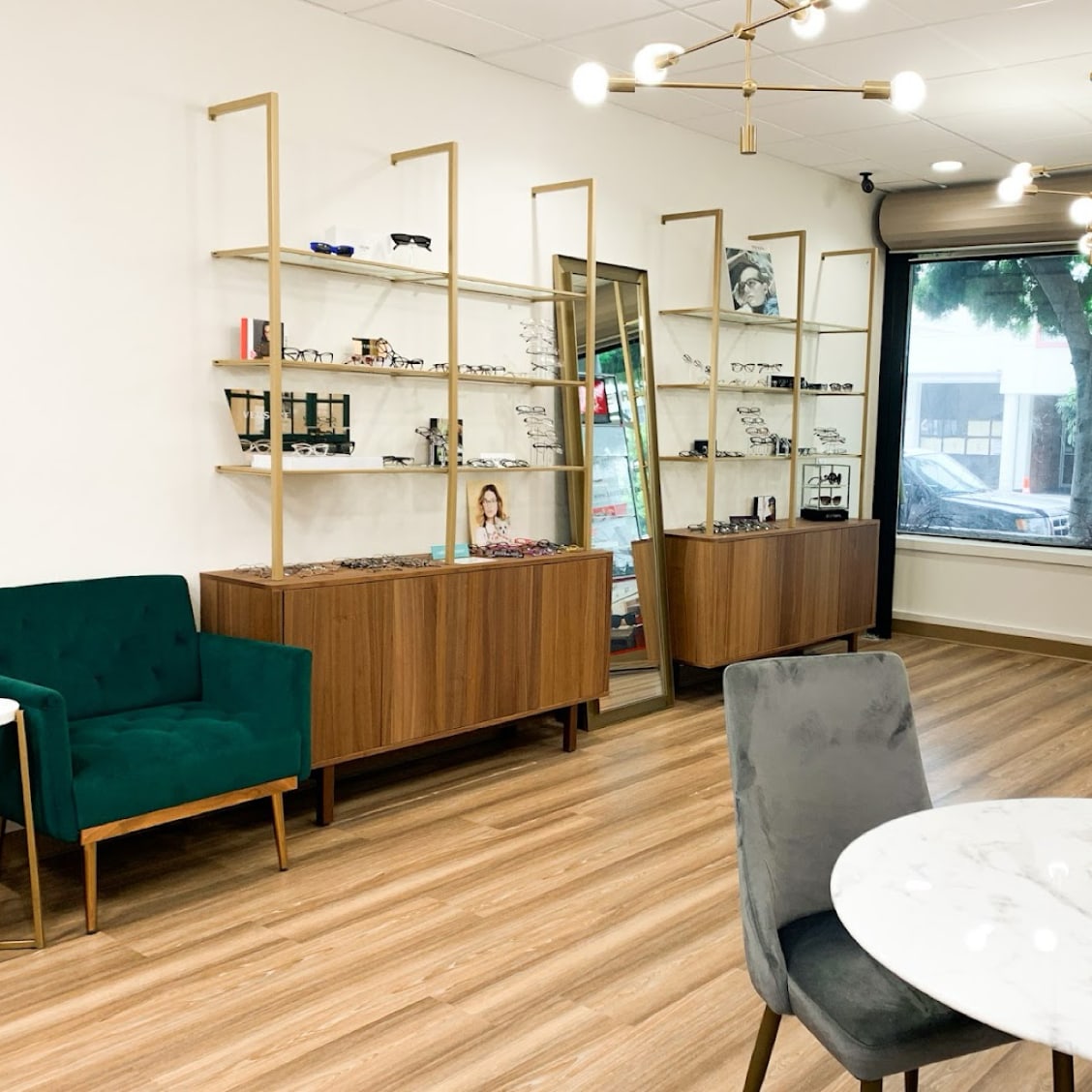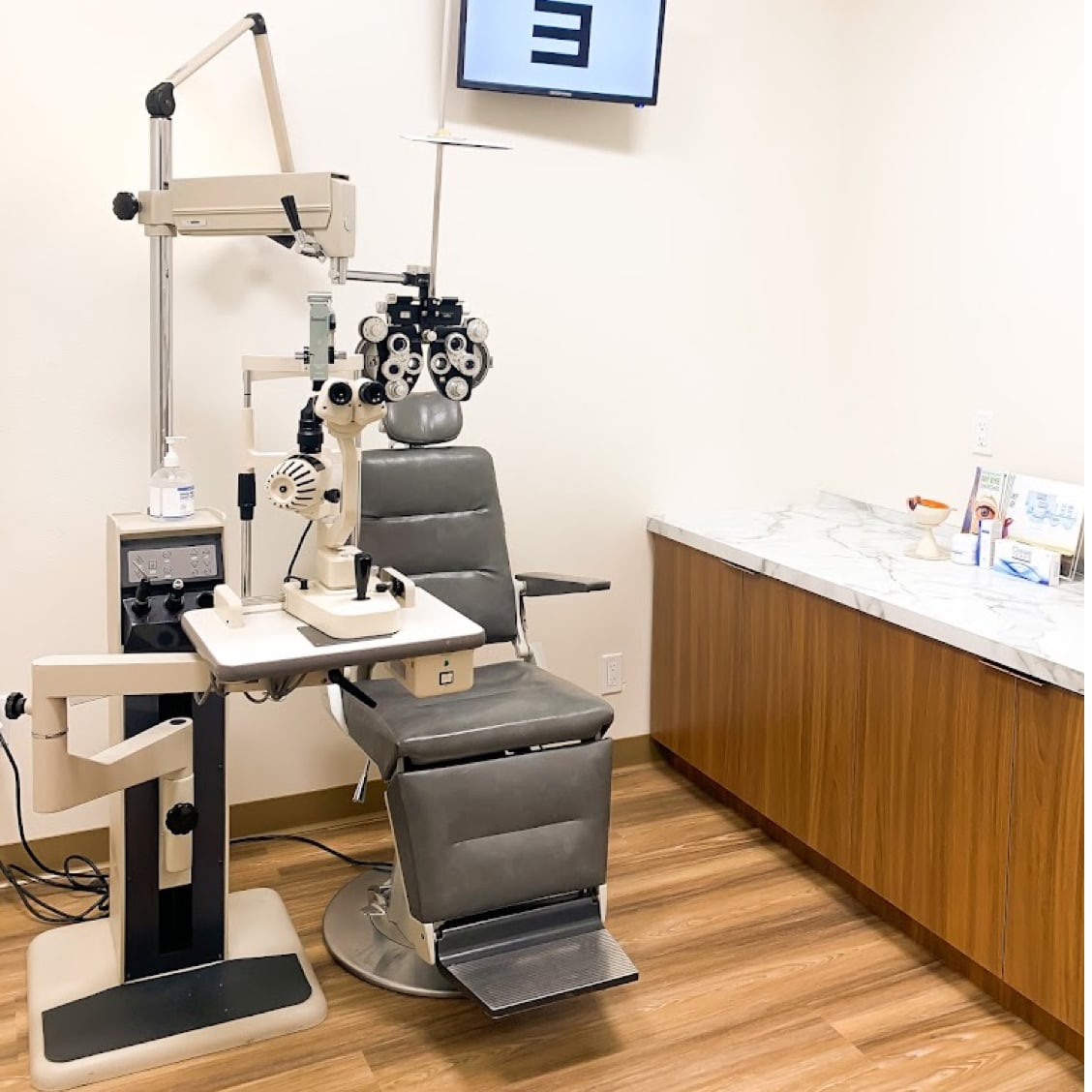We’re Here When You Need Help
When something’s not right with your eyes, you shouldn’t have to guess what to do next. Pacific Pier Optometry provides same-day emergency eye care for sudden vision changes, eye injuries, or infections.
Sometimes it’s a sudden blur, other times it’s a sharp pain or a weird new floater. If something feels wrong, especially if it happens quickly, it’s worth checking in. Redness, swelling, double vision, or flashes of light are all signs to take seriously.
Your eyes are too important to wait it out—reach out, and we’ll guide you through what’s urgent, what’s not, and what steps to take next.
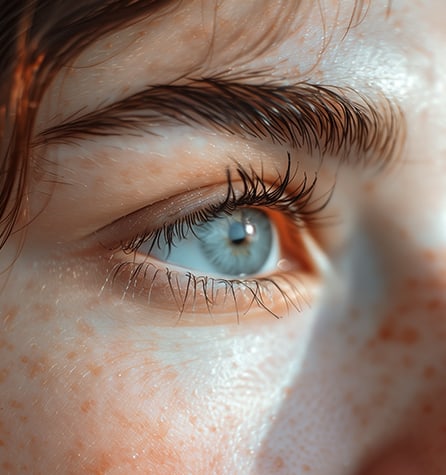
Common Eye Emergencies We Treat
We treat many eye emergencies in-office, often the same day. Potential emergencies could include:
- Eye infections like pink eye
- Chemical exposure
- Sudden vision loss
- Foreign objects in the eye
- Contact lens-related injuries
We also help with unexplained floaters, light sensitivity, or persistent eye pain. If you’re unsure whether it’s an emergency, call us. We’ll help you figure it out quickly.
Emergency Eye Symptoms to Watch For
Eye health emergencies can lead to serious health outcomes, with a variety of visual effects and symptoms, including the following:
- Eye pain
- Vision loss
- Double vision
- Bleeding
- Discharge
- Headaches
- Light sensitivity
- Irritation or itchiness
- Burning or stinging
- Eye bulging or swelling
- Pupil sizes that don’t match
- One eye moving differently
- Redness (eye or ocular area)
If you experience an eye injury or any of the above symptoms, contact us or visit an urgent care center immediately.
If You’re Experiencing an Eye Emergency
If you’re dealing with an eye emergency, don’t try to treat it yourself. Avoid touching or applying pressure to your eye. Never try to remove a foreign object with tweezers, cotton swabs, or your fingers.
Even eye drops or ointments can make things worse if used incorrectly. The safest thing you can do is call our office right away. Share as much information as possible, like the type of injury or symptoms you’re experiencing.
Quick communication can lead to faster and more effective treatment, helping us protect your sight.
Chemical Eye Exposure
If a chemical irritant gets into your eye, wash your hands before trying to remove your contacts. If you’re experiencing a chemical injury or burn:
- Rinse your eyes right away with clean, lukewarm water in a sink, shower, or emergency eyewash station.
- If you wear contacts, remove lenses if possible, but only after a thorough flush.
- Keep your eyes open and rotate them to rinse every surface.
Some alkaline materials, such as baking soda, scouring powders, drain cleaners, window cleaners, and calcium hydroxide, may require a 60-minute eye flush.
Dealing with a Foreign Object
Small particles, such as dust, dirt, or sand, can often be gently flushed out with water. If a larger or sharp object enters your eye, like glass, wood, or metal, don’t try to remove it, rub your eyes, or rinse them, as this can cause further damage.
Instead, gently shield the injured eye with a clean cloth or the bottom of a paper cup to prevent movement or contamination. Avoid any pressure and keep your eye still.

Your First Call in an Eye Emergency
We’ll always make time for eye emergencies. If your situation is beyond our scope, we’ll help you get to the right place quickly.
Book an emergency eye appointment now.
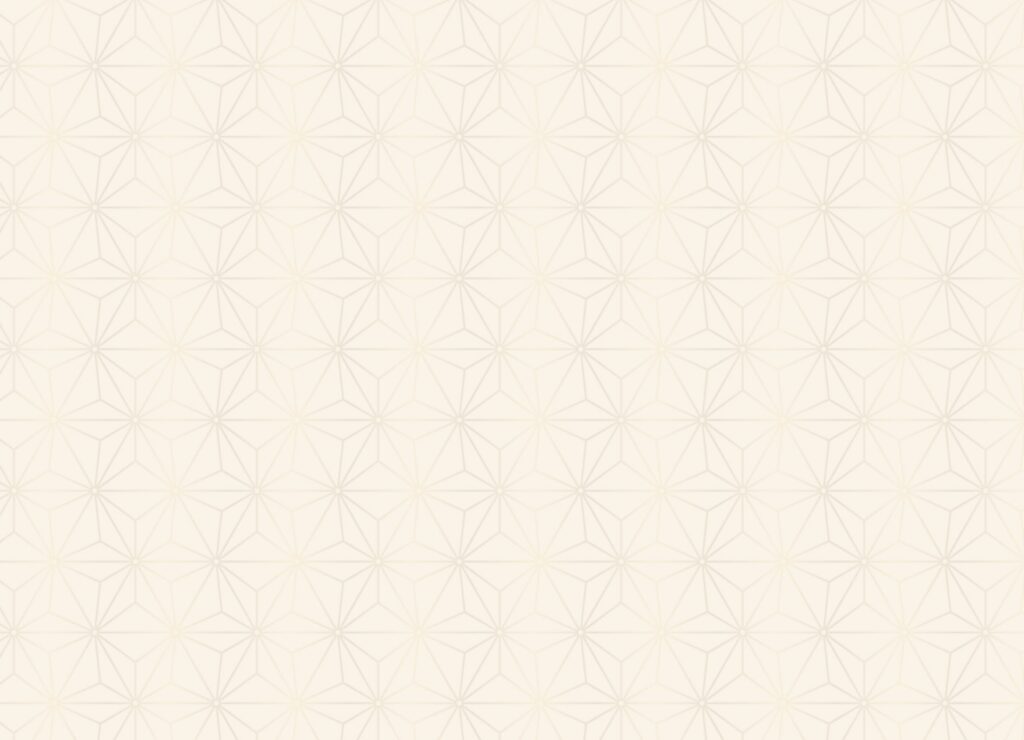
Why Choose Pacific Pier Optometry?
Quality, personalized eye care with a fun, approachable team. Here’s why so many choose us:

Carefully Selected Eyewear
We believe your eyewear should be as unique as you are! Our eyewear collection features an intimate selection of quality frames that fit every aesthetic. Whether you’re looking for a bold statement piece or a classic everyday look, we can help you find the perfect pair that complements your style.

Passion & Reliability
Our team is not only knowledgeable, but also passionate about eye health! We pride ourselves on creating a friendly and approachable atmosphere. We understand that eye care can sometimes feel overwhelming, so we’re here to make it relatable and enjoyable for our patients. Your comfort and understanding are our top priorities.

Eye Care with a Personal Touch
Experience eye care that combines technology with a team you’ll feel relaxed with. We strive to make every visit feel like a personal experience, rather than a medical appointment. Our team is about making it easy for you to understand your eye health and our services. From your first appointment to your frame selection, we’re here for you.
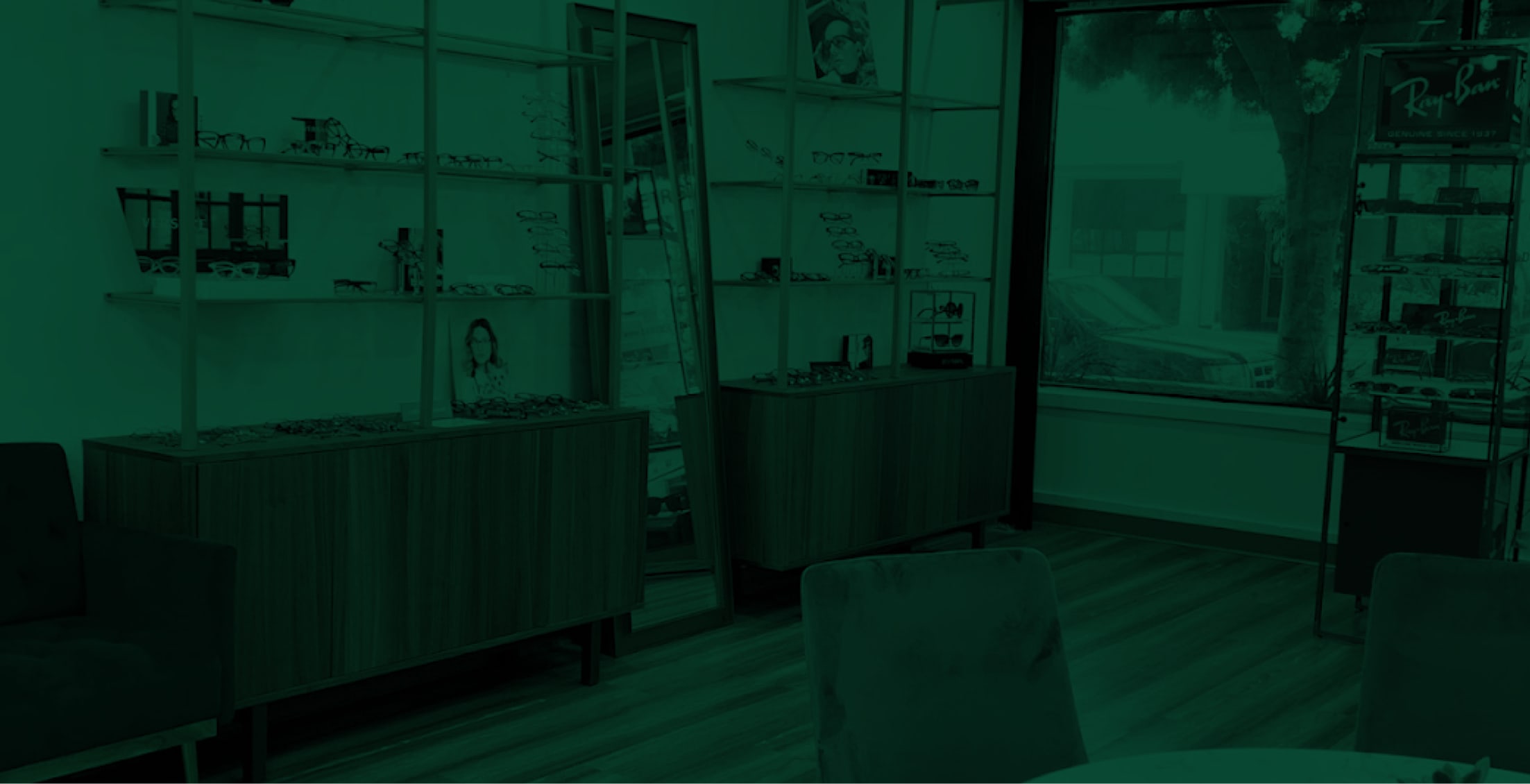
Find Us in Santa Monica
Come Visit Us
We’re just a stone’s throw from the beach and vibrant local shops—we’re easy to access and aim to provide a relaxing space where you can focus on your eye health.
Where to Park?
Convenient street parking is available nearby for easy access.
Our Address
- 1431 7th St Ste 101
- Santa Monica, CA 90401
Get in Touch
- Phone: 310-395-5550
- Email: pacificpieroptometry@gmail.com
When We’re Open
*Closed 12PM – 1 PM for Lunch

Find What You’re Looking for!


Eyewear, Tailored For You

Eyewear, Tailored For You
What The Community is Saying
